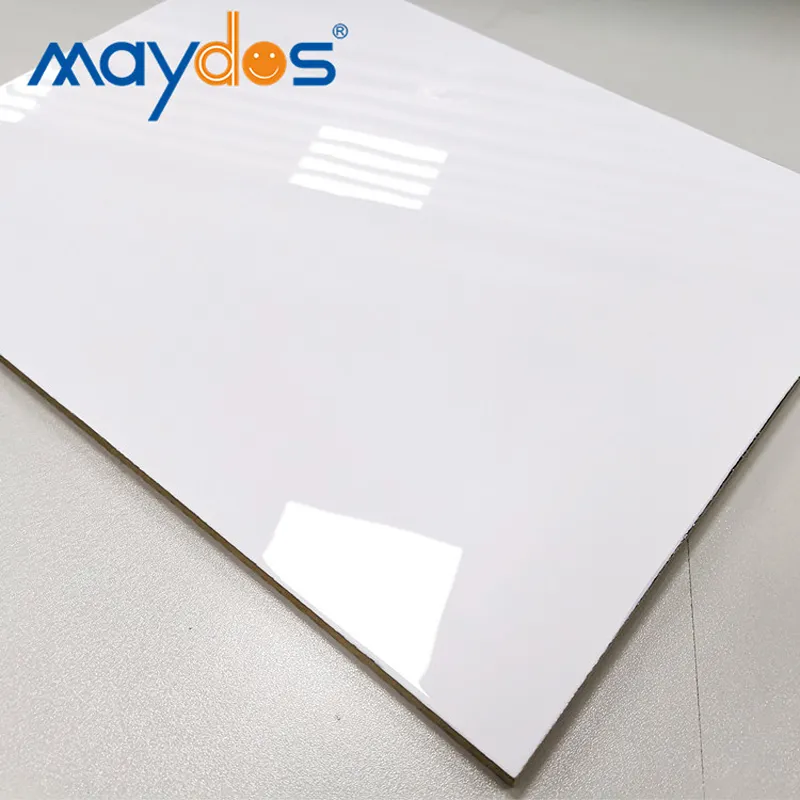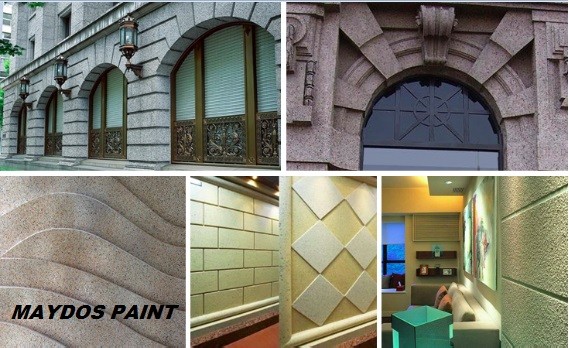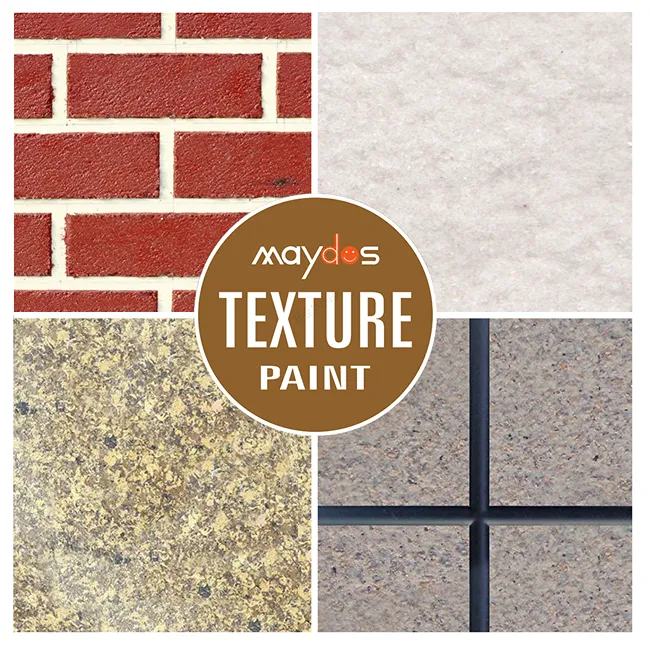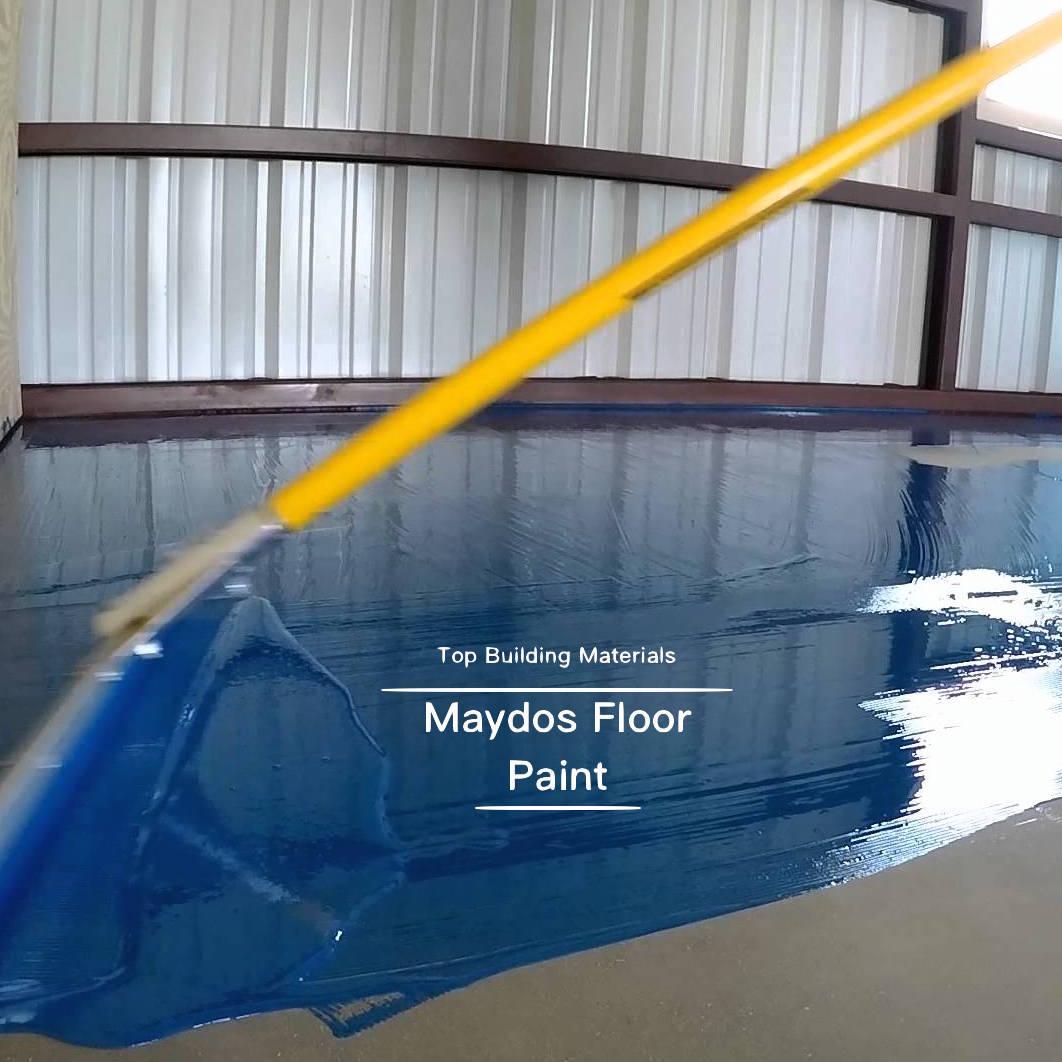Epoxy Floor Paint
If you’re interested in putting a durable coating on your floor, consider epoxy floor paint. These coatings are water-resistant, oil, solvent, and chemical-resistant. You’ll also want to consider the different textures and drying time. Before choosing your resin floor paint, you’ll need to prepare the surface. Here’s how to prepare a floor for epoxy paint application. Also, consider the following tips for preparing your floor for epoxy.
Solvent-based epoxy floor coatings
Traditionally, solvent-based epoxy floor coatings have been the preferred carrier agent for epoxy floor coatings. These materials can be applied at cooler temperatures and at higher humidity levels. Additionally, solvents can tolerate petroleum contaminants in concrete. Previously, solvent-based epoxy coatings produced a more glossy surface and were more durable than water-based epoxy. However, these products are not recommended for use in indoor environments due to their high VOC content. Therefore, proper respirators are necessary during application, and open flames must be extinguished before continuing.
For an industrial-grade solution, solvent-based epoxy is commonly used in garages. Industrial grade solvent-based epoxy has higher solids than water-based epoxies. Industrial-grade epoxy kits usually include a two-gallon mix containing part A and part B. They are formulated to be harder than water-based epoxy and require the use of a respirator when applying. Industrial-grade kits also contain additional chemicals such as primer and acid etch.
Unlike traditional floor coatings, solvent-based epoxy is relatively easy to apply. It rolls on smoothly and takes about two hours to complete. While it is not VOC compliant, it is widely used for commercial purposes. Typically, solvent-based epoxy flooring is easier to clean and more durable than water-based epoxy. You may also want to try a dryfall ceiling paint, which produces a sweepable overspray.
Because of its hardness, durability, and impact resistance, epoxy floor coatings are popular for commercial and industrial applications. Warehouses, logistics centers, and garages that see heavy traffic also benefit from epoxy floor coatings. The coatings also provide long-term protection from stains, chemical reactions, and abrasion. These features make epoxy floor coatings a superior choice for commercial and industrial applications. You’ll find the right solution for your project. Soaps are easy to use, but you’ll need to be prepared for a messy job.
Another benefit of solvent-based epoxy floor coatings is their ability to hide flaws in the surface. They are typically thicker than water-based floors, which make them perfect for covering floors. They also have shorter working times and don’t emit any smell. In addition to epoxy flooring, some multi-coat systems include non-epoxy coatings. This is useful in areas where UV light may cause the coatings to turn yellow over time. A thin layer of solvent-based epoxy can also be applied as a base coat on concrete or cement floors. Moreover, most homeowners can get away with only one or two coats.
Application
An epoxy floor paint is a type of coating that hardens into a durable, waterproof surface. It is resistant to impacts and chemicals, and is easy to clean. It is also dust-resistant. Epoxy paint is applied as a topical sealer, not as a deep coating, creating a protective barrier. Although the paint contains dust, it does not penetrate into the underlying structure. It also remains moisture and stains-resistant.
There are several types of epoxy floor paint available. The type of application is dependent on the desired thickness and levelling of the finished surface. Solvent and water-thinned paints are economical and acceptable, though they have their limitations. Water-thinned paints often trap water and solvent, and a reactive diluent is used for thicker films or self-levelling applications. To find the right application method for your floor, read on.
Proper surface preparation is important for the successful application of epoxy floor paint. The concrete surface must be clean and free of any previous layers of sealant or epoxy. To test for this, add a small amount of water to the floor. If it beads or bubbles, it may not be suitable for an epoxy coating. To make sure that you have the right surface preparation for your project, you can use a self-leveling primer, a floor cleaner, and an epoxy-based paint.
The right temperature is also important for the proper application of epoxy floor paint. Epoxy floor paint does not adhere to damp environments. The moisture in the air will react with the epoxy. In addition, it may take longer to cure than expected. Depending on the temperature, it may be necessary to wait for several days before reapplying a second coat. If you want to extend the lifetime of your epoxy floor paint, consider the following tips.
The first coat should be sufficiently dry before applying the second coat. Using an assistant to help you applies the epoxy faster and more accurately. Poor quality rollers can shed a significant amount of epoxy, so it is best to avoid them altogether. A paint brush or masking tape can also be used to fix edges. If you have enough time, wait until the first coat of epoxy is completely dry. This should take at least a week before you can walk on it.
Removal
Remove the paint on your epoxy floors using baking soda. This can be very effective in removing paint from epoxy floors, and it is much less expensive than other cleaning solutions. Mix half a cup of baking soda with one gallon of warm water. Then, scrub the floor. Repeat this process until the paint has been completely removed. After this, you can polish the floor and recoat it. However, this method can take several tries.
Before you start removing the paint, be sure to mop the floor to remove any oil and chemicals. Then, use a suitable stripper, dilute it according to the instructions, and apply it using a mop. Swirling motions are important to help the stripper work its magic. Make sure to remove all residues from the surface of the floor. Follow the process carefully and you will have a clean floor.
To remove the paint, you need to break up the epoxy layer. Using a heat gun will make it easier to remove. Moreover, a heat gun is not very expensive and is useful for many other projects. Sanding is another solution to removing paint from an epoxy floor. You can purchase a sanding machine to do the job. However, it is important to wear protective gear and use the correct chemicals. The chemicals that you use can release harmful particles into the air.
For concrete floors, you can also use shot blasting. This process involves chipping steel balls and removing the paint from the surface. However, you should be aware of the risks and hazards of working with acetone. The procedure requires more tools and precautions than using standard paint thinner. If you do not want to use shot blasting, you can use a Diamond Grinder. A diamond grinder with an attached vacuum is an excellent option for epoxy removal, as it is easier to clean up. Be sure to wear protective clothes when using a shot blaster.
While a grinder isn’t a cheap option, it can be effective for some surfaces. However, if you’re unsure of your skills, hiring someone to remove the epoxy is your best option. A professional can help you remove the floor coating without damaging the surface. If you don’t want to deal with the hassle and expense, hire a floor removal specialist. If the job is too challenging for you, there are several ways to remove the epoxy without damaging it.
Preparation
There are a few steps you can take to prepare your floor for epoxy floor paint. There are essentially three ways to prepare a floor for the application of epoxy. The best way to ensure a high-quality finished product is to take your time and do the preparation as thoroughly as possible. Depending on your situation, you may need several days of preparation. Using a high-powered grinder or sandblaster to smooth the floor surface is an excellent idea.
The next step in the preparation process is to examine the existing surface of the floor. Any imperfections must be repaired or filled in with concrete. Any expansion joints should be properly aligned. You may use a sander to level concrete surfaces, or you may use sandpaper. Chips, divots, and other irregularities should be repaired or filled. Make sure that all joints are lined up properly before applying the coating.
If the surface of your floor is made of concrete, the next step is to clean it thoroughly and remove any oil or dirt. If the surface is made of wood or concrete, you should repair any damage first before preparing the floor. You must also degrease, vacuum, and remove any stains or oil spots. If you want to apply an epoxy coating to an existing floor, it must be clean and free of abrasions and stains.
Before applying the epoxy floor paint, you should prepare the surface with a floor wax. This will help protect the floor from stains and make cleaning easier. Lastly, you should wait for two to four hours before applying the epoxy paint. And do not forget to turn off any gas appliances in the garage. Lastly, make sure to close all windows before painting the floor. You should let the epoxy dry completely before painting the garage floor.
Before applying an epoxy floor coating, you need to make sure that your concrete floor is the right moisture and humidity for the coating. To check this, you can simply place a plastic sheet on the floor and leave it for twenty-four or forty-eight hours. If it dries completely, the epoxy floor paint will adhere to it perfectly. After that, all that’s left is to apply the coating. If you’re not satisfied with the results, you can always use a different type of epoxy coating.





















